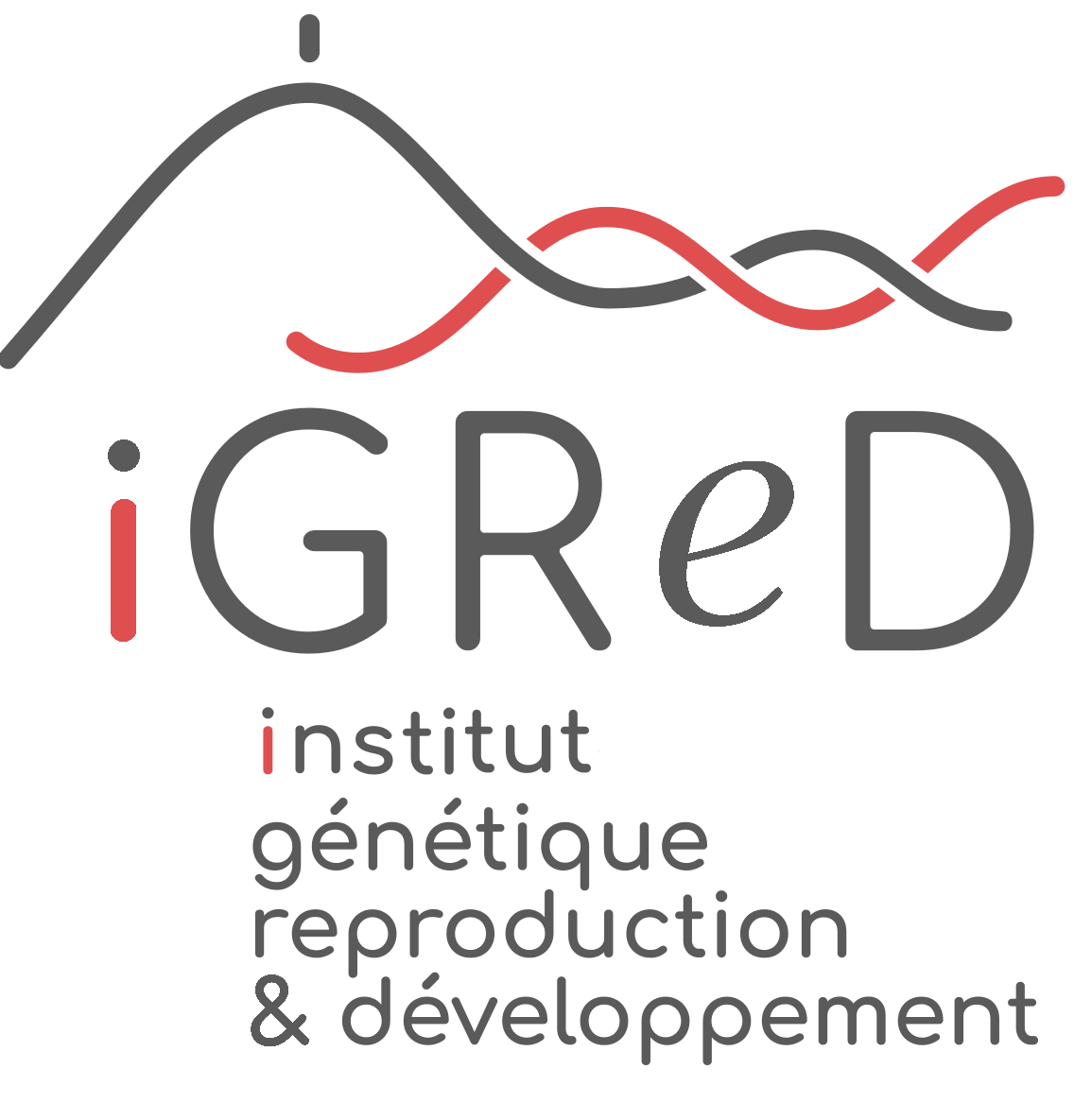iGReD - Epithelial growth and morphogenesis
Published on October 26, 2021 – Updated on October 26, 2021
We use the Drosophila model to study generic aspects of the biology of epithelia such as the control of their growth (proliferation, cell size, homeostasis) and their morphogenesis (cell and tissue shapes and polarities) in a developmental context or mimicking a pathological situation.
Lab

Institut de Génétique Reproduction et Développement - iGReD
INSERM U1103 CNRS6293 Université Clermont Auvergne
Centre de Recherche et de Biologie Clinique - CRBC
28, Place Henri Dunant
63000 Clermont-Ferrand